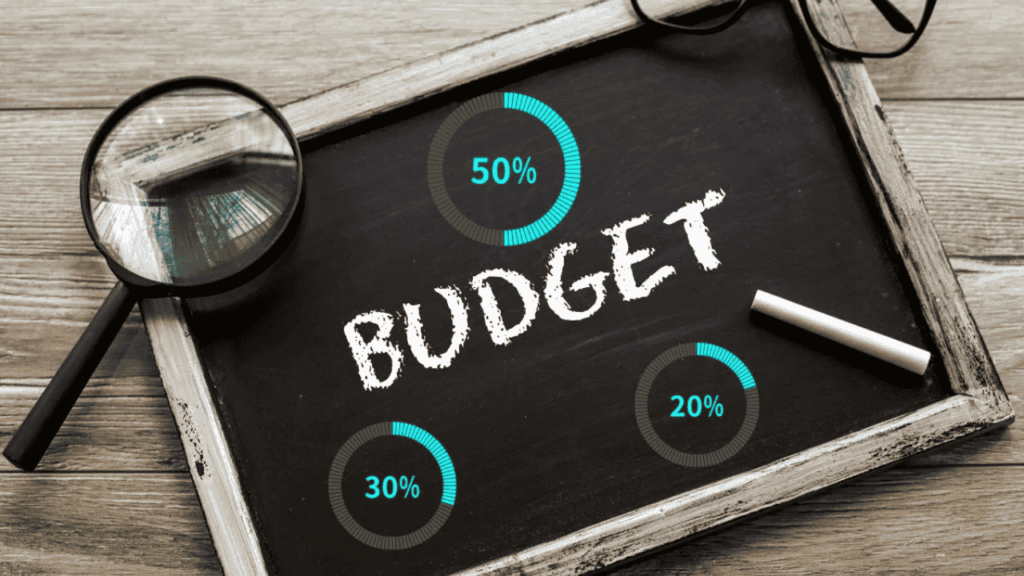
📊 Interactive Financial Tools: Take Control of Your Money with Smart Calculators
When it comes to managing your personal finances, information alone isn’t always enough. You need tools—simple, powerful tools that help you apply what you’ve learned to your real-life situation. That’s where interactive financial calculators come in.
These tools don’t just crunch numbers—they empower you to make smarter, faster, and more confident financial decisions. Whether you’re planning your monthly budget, saving for a dream vacation, preparing for retirement, or trying to pay off debt, the right calculator can show you exactly where you stand and what steps to take.
In this article, we’ll explore the most essential financial calculators you should be using, what they do, and how they can help you build a healthier financial future.
🧮 Why Use Financial Calculators?
Imagine you want to start saving $100 per month. Will that be enough for your goal in 2 years? Or maybe you want to pay off a loan faster—how much extra should you pay each month? These are everyday questions that can’t always be answered with guesswork.
Financial calculators offer:
- Clarity – Turn abstract goals into specific numbers.
- Realistic planning – See exactly how long it will take to reach a goal.
- Motivation – Watch your progress and stay focused.
- Better decisions – Understand trade-offs, like paying debt vs. saving.
Let’s break down four of the most powerful interactive tools you should have on your personal finance dashboard.
1. 📝 Monthly Budget Calculator
A monthly budget calculator is your starting point for financial organization. It helps you track your income, control spending, and ensure you’re living within your means.
What it does:
- Calculates total income and expenses.
- Breaks down spending into categories (housing, food, transportation, entertainment, etc.).
- Highlights areas where you may be overspending.
- Shows how much you can allocate to savings or debt repayment.
Why it matters:
A budget is the foundation of financial health. This calculator makes it easy to visualize where your money is going and where you can make adjustments.
Tip: Use the 50/30/20 rule as a baseline:
- 50% for needs
- 30% for wants
- 20% for savings or debt
2. 💰 Savings Goal Calculator
Have a financial goal in mind? A vacation, an emergency fund, a new laptop, or a car? A savings goal calculator shows you how to reach it—step by step.
What it does:
- Lets you set a savings goal amount and deadline.
- Calculates how much you need to save weekly or monthly.
- Accounts for any starting balance or interest earned (optional).
Why it matters:
Goals feel more achievable when you break them into smaller, regular contributions. This tool helps you turn dreams into plans.
Example:
You want to save $2,000 for a trip in 10 months. The calculator tells you that saving $200 a month (or around $46 a week) will get you there. Simple and actionable.
3. 🧓 Retirement Calculator
Planning for retirement might sound intimidating, but the earlier you start, the easier it becomes. A retirement calculator helps you figure out how much to save now to live comfortably later.
What it does:
- Estimates how much you’ll need to retire based on desired lifestyle and retirement age.
- Projects how much your current savings could grow over time.
- Calculates how much you should contribute monthly to reach your goal.
Why it matters:
Without a plan, retirement can feel like a moving target. This tool provides a clear roadmap for long-term savings and shows the impact of compound interest over time.
Key inputs include:
- Your current age
- Expected retirement age
- Current retirement savings
- Monthly contributions
- Expected rate of return
4. 💳 Debt Repayment Calculator
Debt can feel overwhelming—but with the right plan, you can regain control. A debt repayment calculator helps you understand how long it will take to pay off what you owe and how much interest you’ll pay along the way.
What it does:
- Calculates monthly payments based on loan amount, interest rate, and term.
- Compares different payoff strategies (e.g., snowball vs. avalanche).
- Shows how much faster you can pay off debt by adding extra payments.
Why it matters:
This tool helps you take action instead of just worrying. It lets you see the light at the end of the tunnel and track progress toward becoming debt-free.
Example:
Paying an extra $50/month on a credit card could save you hundreds in interest and cut months off your repayment time.
🧠 Final Thoughts: Tools + Habits = Results
Interactive financial tools are not a substitute for discipline, but they’re incredibly helpful in guiding your habits and decisions. They remove the guesswork, reduce anxiety, and make financial planning more approachable.
By using calculators like these:
- You’ll create a realistic budget and stick to it.
- You’ll save for goals faster and with more focus.
- You’ll understand your long-term needs, like retirement.
- You’ll pay off debt more efficiently and with less stress.
🔧 Ready to Get Started?
Check out our free calculators:
They’re easy to use, mobile-friendly, and designed for real life—not just financial experts.
Empower yourself with the right tools—and take control of your financial future, one click at a time.
